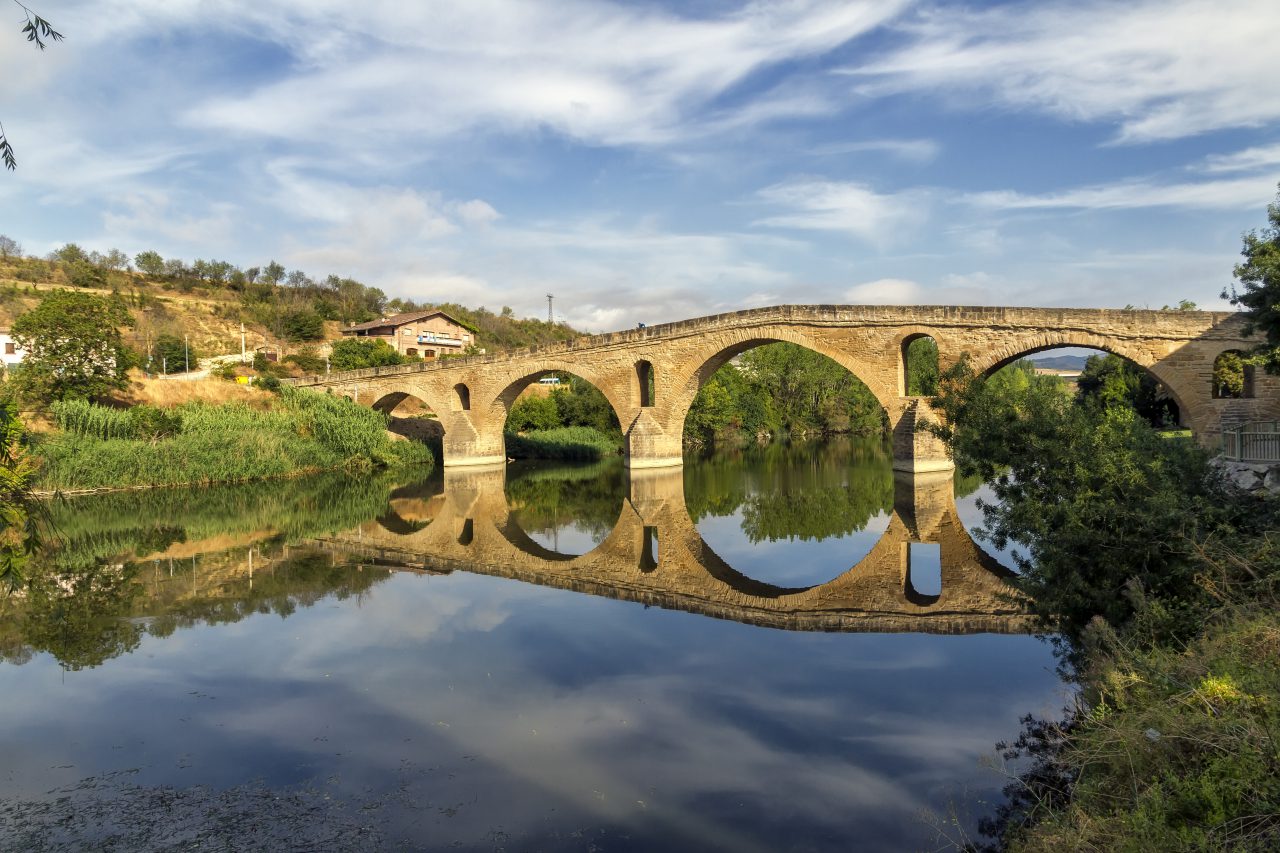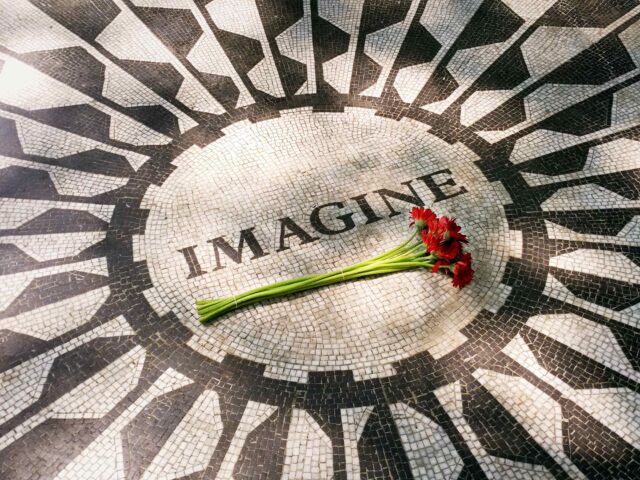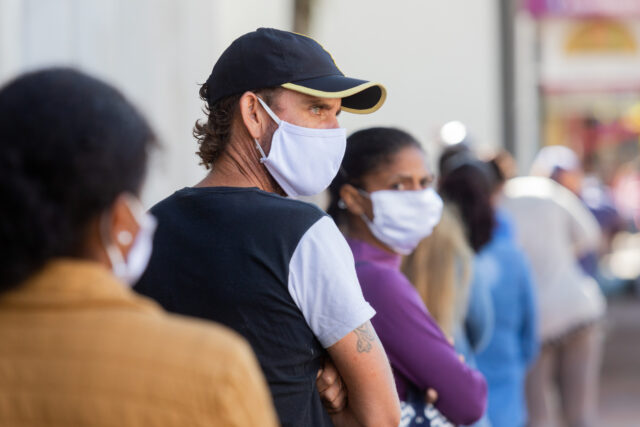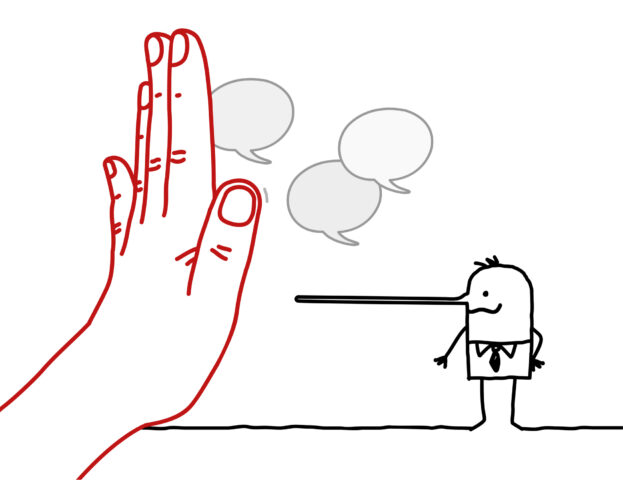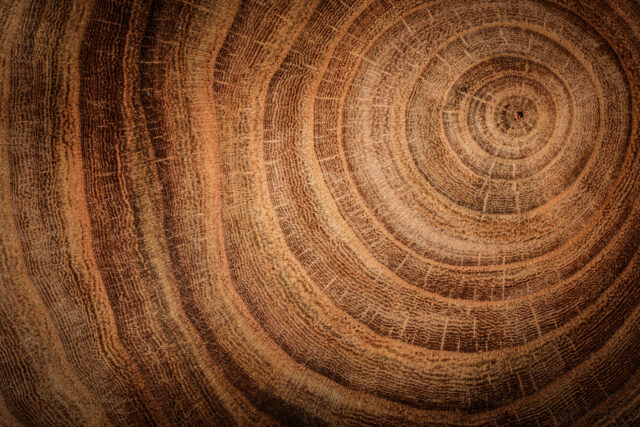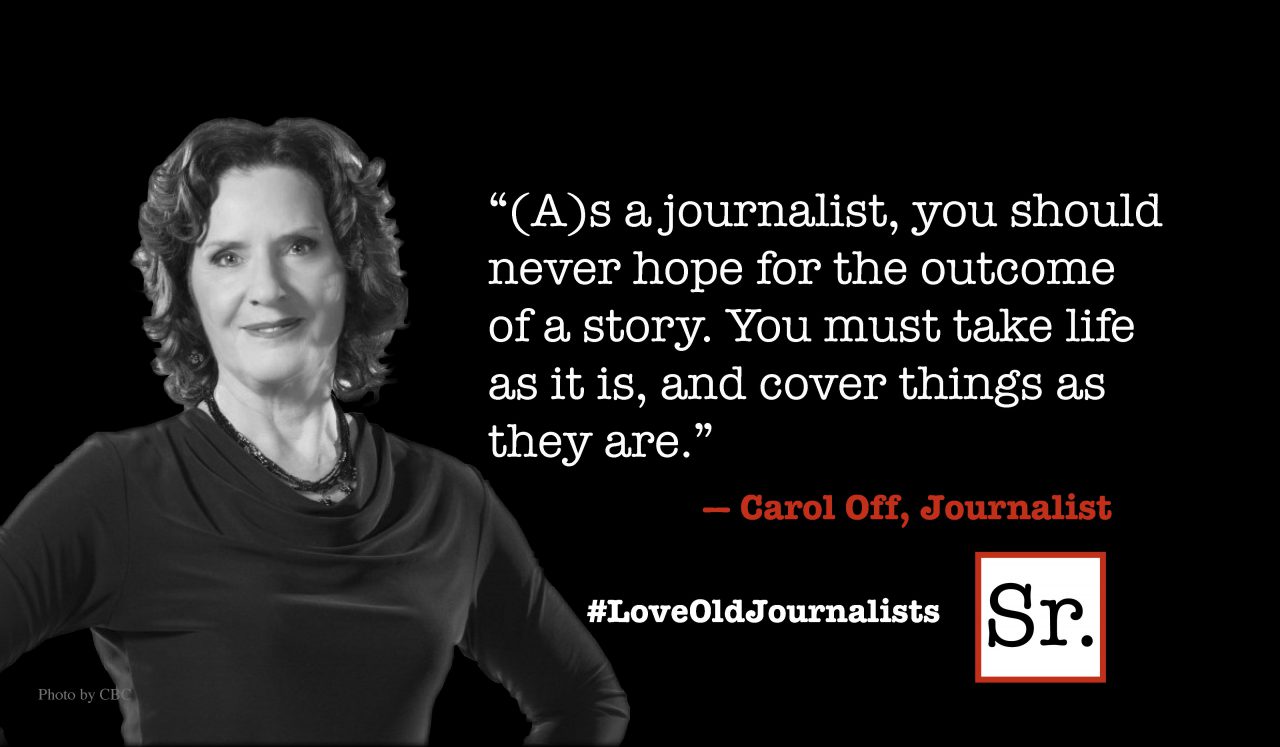Having completed the first three full days of our pilgrimage, I have far more to relate than would fit into a single essay or, indeed, several essays — not that I am entertaining any serious ambitions in that direction. The brief report is most positive.
Our random companionship of 30 pilgrims is cheerful and cohesive, the kind of students any teacher is blessed to have — and certainly the kind who justify both the glad learning and glad teaching ostensibly characteristic of this blog. The weather, though for one moment approaching the brink of catastrophe, has been tolerable to excellent.
Unlike medieval pilgrims, we are enjoying motorized support that allows us to see all manner of wonders and still cover the required distance. One might describe our rather modest walks along the Camino as “scenes from a pilgrimage." Our rather minimal hiking, while enough to task my soles and calves, can hardly make a dent in what appears to be a mandatory daily intake of 7,000 calories, more or less.
Almost everything has been new to me. I was last in the Basque country in 1959, and then only briefly. I was young and Francisco Franco not only alive but considerably younger than I am now. It was, in short, a different world. And though Navarre’s antiquities and its dramatic landscape are unchanged, the general vibe was so radically different as to make it feel a different country as well. It was a few years before the serious phase of the Iberian revolution in tourism. There were at that time comparatively few automobiles in Spain — paradoxically, that fact made for pretty good hitchhiking — and the whole country seemed coated in dust and impecuniousness.
Now, by contrast, amidst a universally recognized economic crisis and a 24-percent unemployment rate, it seems pretty prosperous. Any American has to be impressed by its bright and shiny infrastructure of roads and bridges. Of course, the only economic “sectors” with which we have had much first-hand experience — tourism and the wine trade — are doubtless anomalies in the larger picture.
We started out in Pamplona. It is a very interesting place, of course, but I found myself rather annoyed by the young English-speaking guide who seemed to think that all we would want to hear about was the running of the bulls and role played by Ernest Hemingway in transforming an obscure, local, Spanish tradition into an international phenomenon. My late senior colleague Carlos Baker, who wrote the “official” biography of Hemingway, was both a mentor and a friend to me, and I know how seriously tedious he found Hemingway’s tauromachic machismo.
John (the aforementioned Anglophone cicerone) was a font of surprising statistics. Would you believe, for instance, that “only 16” runners have been gored or trampled to death in the running of the bulls since the publication of "The Sun Also Rises" in 1923? Or that the town fathers have erected a bronze monument for them worthy of war heroes? But one statistic was enough to explain all the enthusiasm. Last July, during the eight-day festival of San Fermin, the merchants, hoteliers, restauranteurs and especially bar-keepers of Pamplona grossed a cool 70 million euros. No wonder there are statues to Hemingway all over the town.
We did zip down to Roncevalles just to be able to say that we were truly beginning at the beginning of the Camino in Spain. But our progress is of course westerly, and we have seen many beautiful things, all of them new to me. They include the hauntingly beautiful and rather mysterious octagonal church of Eunate, the splendid medieval bridge that gives its name to the town of Puente la Reina, the extraordinary cloister of the church of San Pedro in Estella and the yet more remarkable church of San Miguel in that same town. Its location fully vindicates the well-known opening sentence of Henry Adams' "Mont Saint-Michel and Chartres," “The archangel loved heights.”
Logroño, which had been to me no more than a vague place name, was a particular delight and holds two images that especially arrested my attention. The first is a superbly politically incorrect Santiago Matamoros from atop the façade of the church dedicated to that saint in which the horse of the ferocious apostle is practically knee-deep in Saracens’ heads. The second is a small crucifixion in the Cathedral of la Rodonda. It has only fairly recently been recognized (and authenticated) as the work of Michelangelo.

